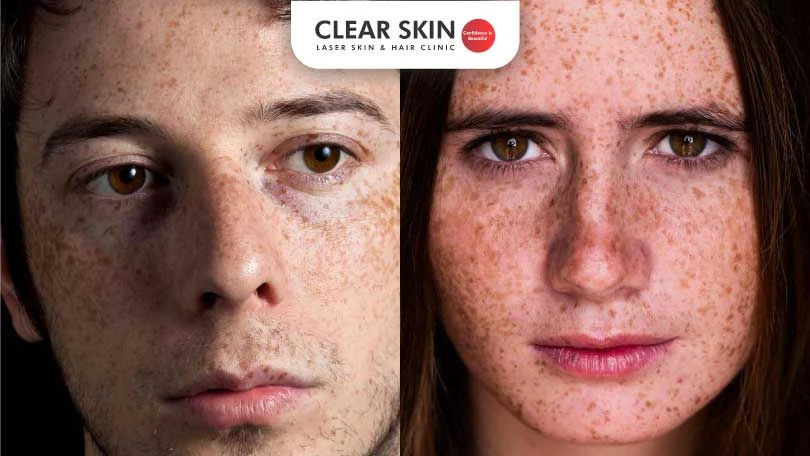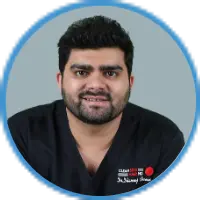Reviewed By:
Updated on: 1st April, 2024
Freckles are small, brownish spots that typically appear on the face and other sun-exposed areas. They are a common type of pigmentation often seen in individuals with fair skin, though they can also occur in those with darker skin tones, especially if there’s a family history. Freckles are usually scattered and can vary in size and color intensity, becoming more pronounced with sun exposure. They are generally harmless but can be a cosmetic concern for some individuals.

Table Of Content
-
How long does it take for Freckles to Fade?
- Conclusion
How long does it take for Freckles to Fade?
Freckles are a type of pigmentation which occurs usually on the face. This is a spotted, scattered, brownish colored pigmentation which usually occurs in fair skin type patients. Sometimes, it may occur in a dark-skinned individual also if they have a family history…Read Answer
Conclusion
Popular Q&As
Learn how glycolic acid and isotretinoin can help treat acne scars. Dark lips can be caused by sun exposure, dehydration, smoking, or lifestyle factors. Understand the reasons and find expert solutions at Clear Skin Clinic, Pune. Diet plays a good role to decrease melanin in your body.
Tips for Fair and Glowing Skin for Oily Skin Types
Why are my lips dark?
How to Reduce Melanin Production in Skin Naturally?
We Got Your Back! Ask Us Anything On Your Mind!
Reach out to us on
Didn’t Find What You Were Looking?
Please Contact Us.
We are committed not only to treating you, but also educating you.

